Photo Editing Skills to Propel Your Photography Once and for All
Are there many photographers out there who showcase their straight out of camera pictures without any basic post processing? If there are, I doubt there would be many – what do they call themselves anyway, purists?
Most photographers know that post processing is a need just like developing from film is a need and unlike how some people believe, it's not manipulating or faking your photographs, but it is just bringing out the real colors and details that would otherwise be hidden in the image.
Photographers who shot on film, spent time improving their photographs by developing, processing, etc., but it was limited to professionals and required a huge amount of time and patience.
Developing an image is now easily done on a computer and takes only a fraction of the time it used to.
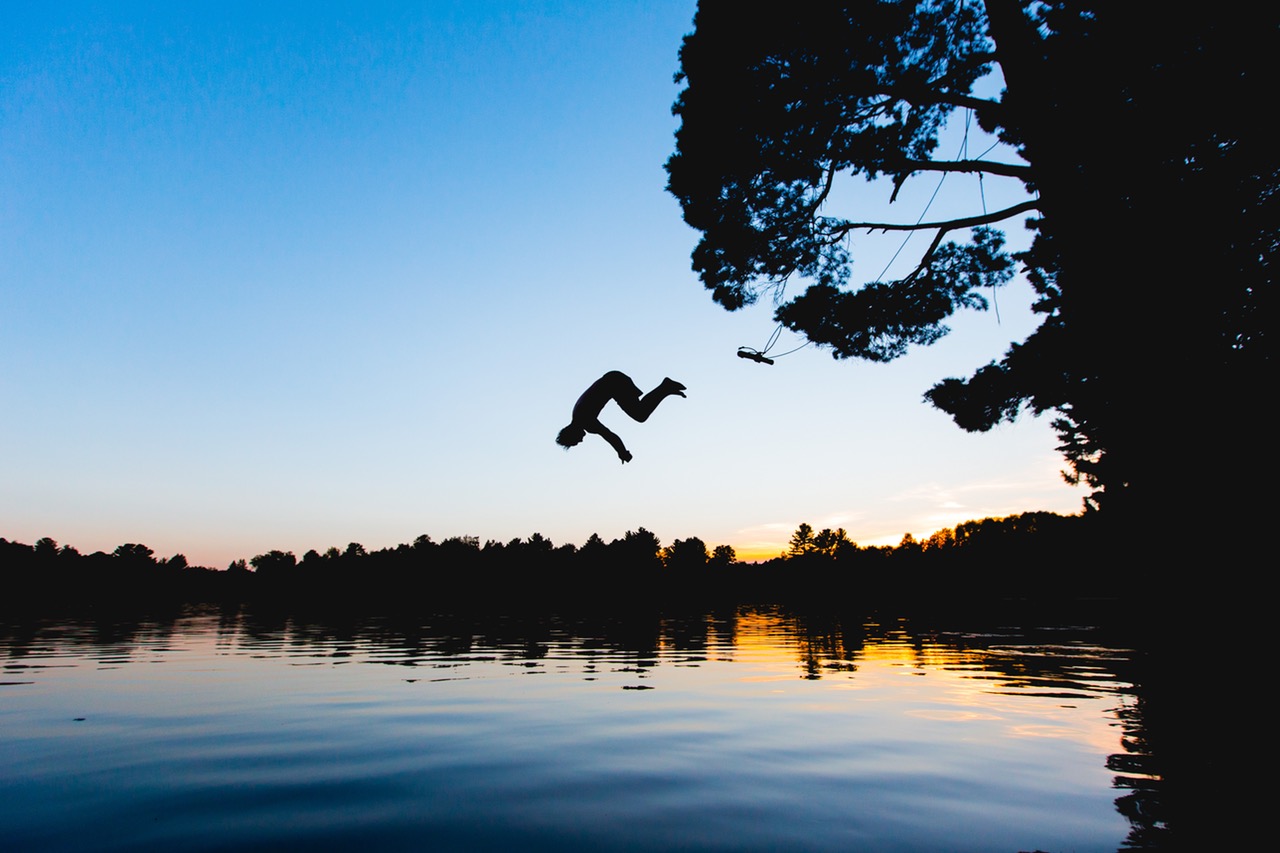
Editing your Photos is Actually Necessary
Even if it's a very mild temperature/white balance adjustment, these subtle tweaks enable us to produce work we know is accurate and represents our own vision.
We are not perfect enough to get images straight out of camera perfect, all the time (almost never in fact). There are times when we take photographs that may be overexposed, underexposed, flat, less vibrant, and so on.
Nothing wrong with that – perfectly acceptable, actually. As long as you have the subject(s) in focus, have the exposure nearly right and shoot in RAW, then there's no need to worry.
Whilst editing can be a bit overwhelming, especially if it's the first time you're getting into post-processing, with patience and practice, you'll be creating beautiful images in a matter of minutes.
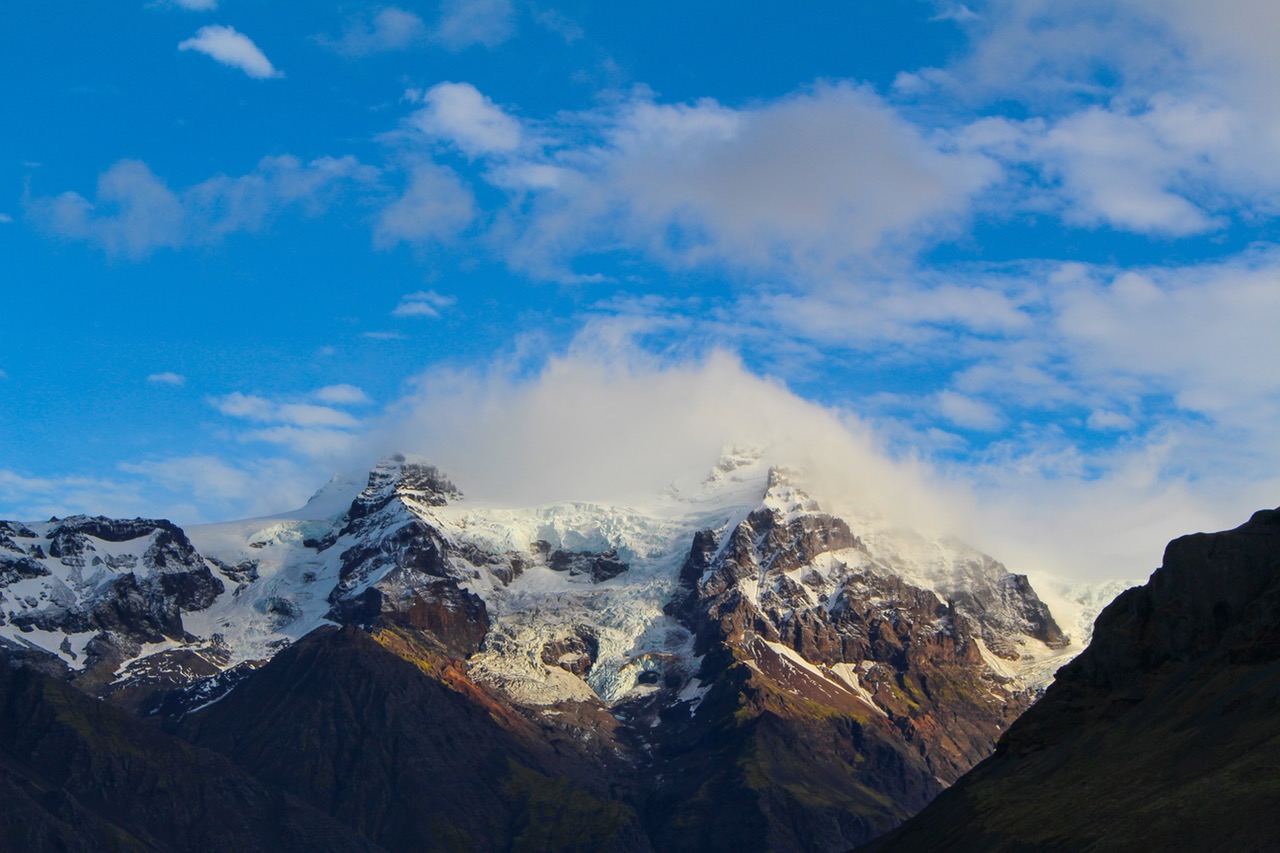
Make sure that you do not completely depend upon editing to create your photograph, rather it should be used as a means to fine tune your image.
So, if you are unhappy with your editing skills or you are not aware of how to use post-processing software to create stunning photographs, at least you have a few tips here to get you started.
There is no one software to accomplish this. You can use Photoshop, Elements, Lightroom and various other softwares to enhance your photographs. Adobe Lightroom and Adobe Camera Raw are two of the most popular pieces of editing software photographers use for professional post processing.
While post processing, it is important to have a logical workflow that you work by to create the final image. It could start a little like this:
- Applying lens correction,
- Adjusting the verticals and horizontals,
- Cropping and straightening,
- Removing dust and blemishes in the picture,
- Removing noise,
- Adjusting exposure and contrast,
- Adjusting the shadows and highlights,
- Applying clarity if necessary,
- Work with vibrance and saturation, and then sharpen if required.
Straighten and Crop the Image
The first step in your editing workflow should be to straighten the image if required as tilted horizons in landscapes can be distracting. Crop the image to get the right composition using the crop tool.
Cropping can make a boring composition simply look better. It also allows you to remove unwanted elements from the frame and lets you compose your images using certain rules, for example, consider the rule of thirds and others, if you hadn’t already done that during composition.
Also, you don't want to work unnecessarily on regions that will later be cropped away, for example removing sensor dust, correcting highlights in certain areas of the sky. Crop away unwanted areas, adjust your composition and save processing time.
Note: Do not always depend on the crop tool for composition. The best practice is to get your images neatly composed while shooting, but there are times when you're in a situation where you are unable to do that due to gear and location limitations.
If you are working on architectural images, it is best to get the horizontals and verticals corrected before the actual cropping and straightening step.
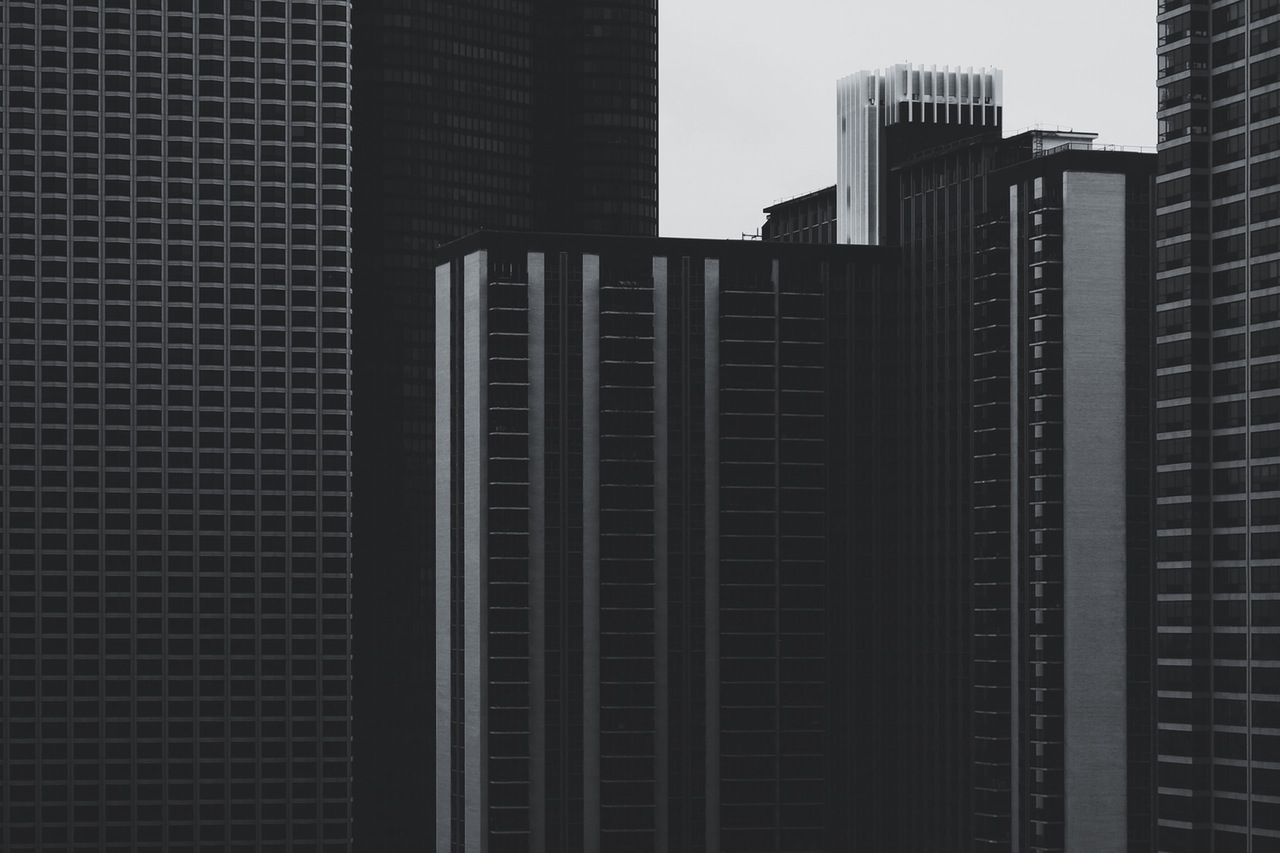
Remove Sensor Dust
It's important you keep your camera free of any sensor dust, but there are times when dust and other dirt still enter the camera. Dust and other particles on the sensor become more visible at smaller apertures, for example, f/16 and smaller and in the brighter regions of the image.
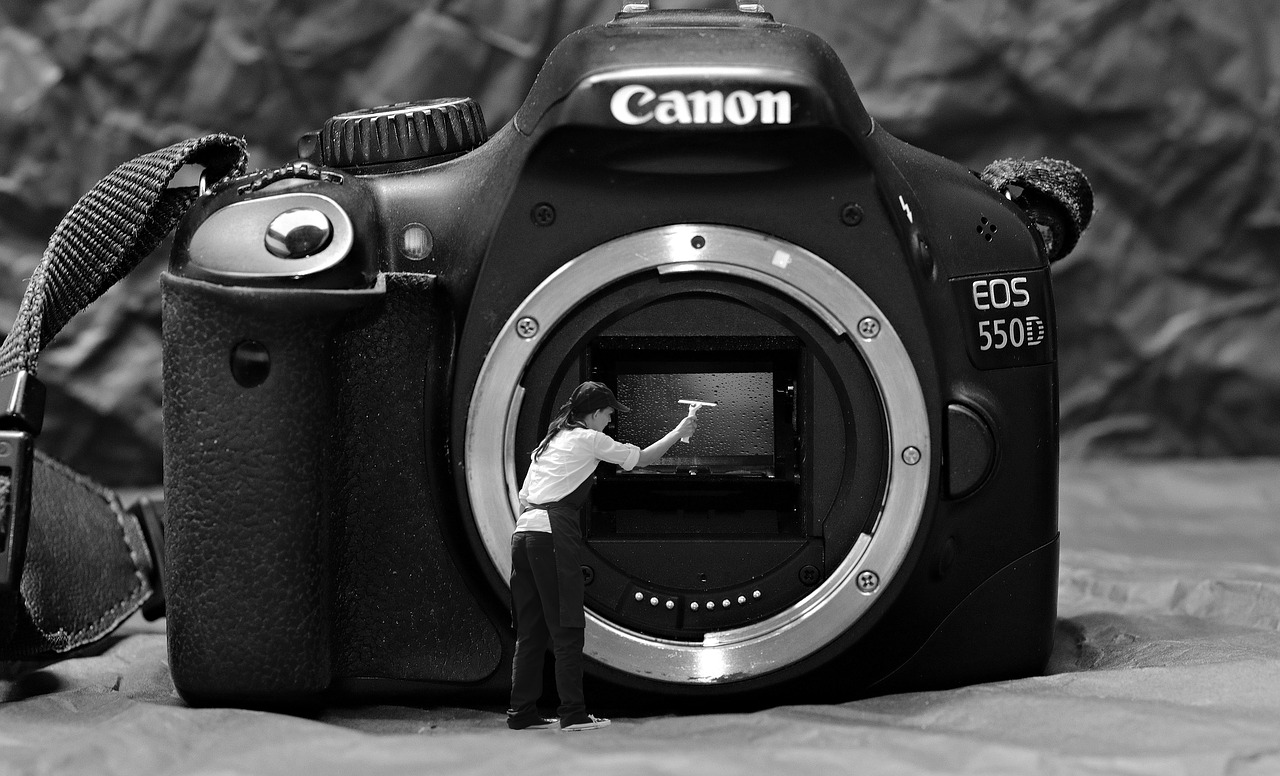
Use the spot healing brush (in photoshop) or the spot removal tool (in Lightroom) to get rid off those distracting bits.
When working on portraits, you will need these tools to remove blemishes and other spots (if necessary) on the skin. It's best to remove these spots before you start the actual editing process.
Adjust Exposure and Contrast
- Now that you have a neatly cropped and straightened image free of dust and other spots, the first step would be to adjust the exposure and contrast in the image.
- Make use of the Levels Adjustment and Brightness/Contrast tools to get the correct exposure and contrast in Photoshop. If you are using Lightroom, use the Exposure and Contrast sliders in the Basic adjustment panel. Sometimes a slight adjustment to the brightness and contrast will bring in a huge enhancement to your images.
- If you find the image too dark, turn down the contrast a bit to lighten the blacks; if the image looks too flat, increase the contrast a bit. Adjusting contrast helps to get the lighter and darker parts of the image more distinguished and prominent.
- Keep your eyes on the histogram. You need to have a full tonal range, where your histogram has details that resemble a range of mountains, starting from one end of the scale and extending to the other end. Changing the exposure and contrast in an image changes the histogram.

Adjust Shadows and Highlights
Making use of these tools helps you work with the dark (shadows) and bright (highlights) regions of the images effectively.
Increasing the shadows lightens up the very dark regions of the image where details are lost and reducing the highlights help you darken the very bright white regions of the image, recovering lost details, provided you have the RAW file.
Make sure that you work with these very carefully in order to achieve a natural look. These combined with the exposure and contrast tools will help you get a perfectly balanced image.
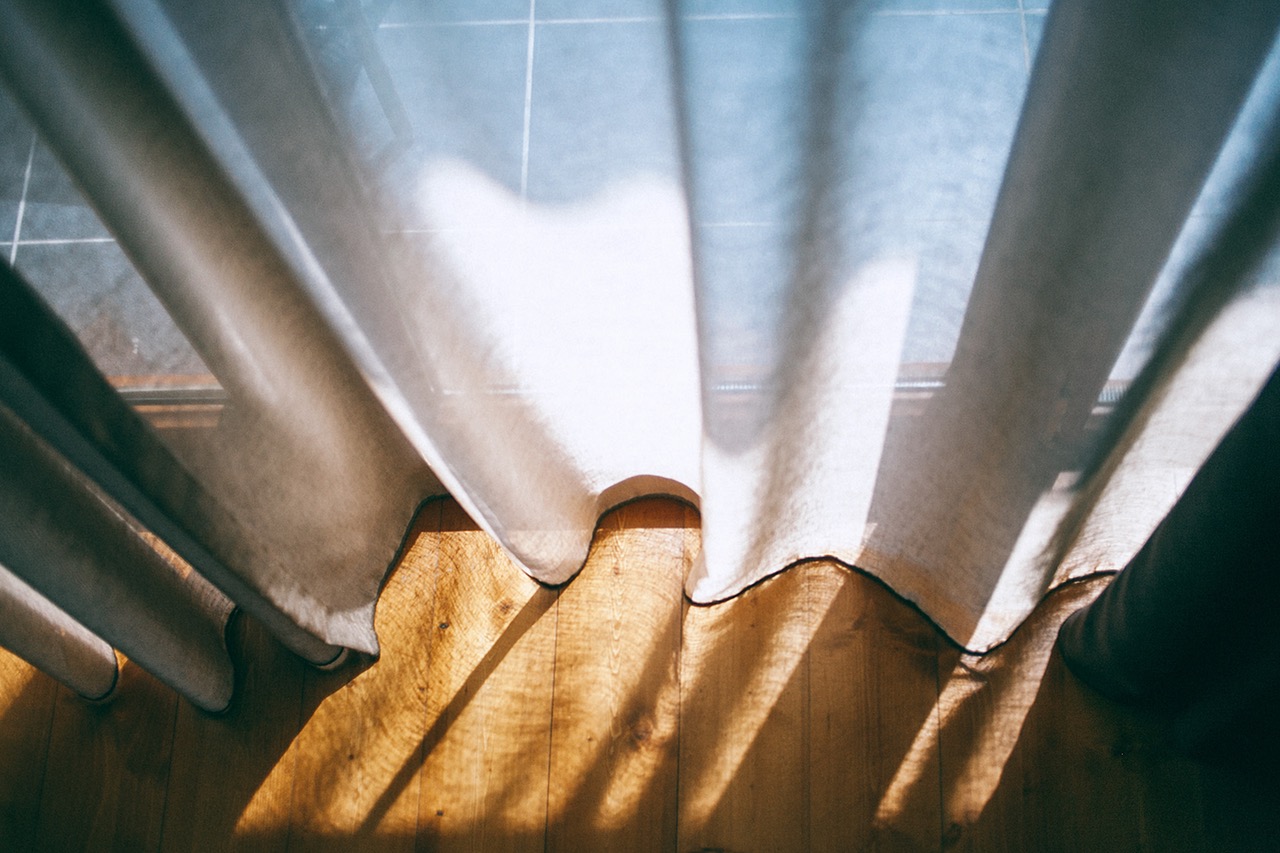
Adjusting the Clarity
This is a tool that is often misunderstood, while post processing an image.
The clarity tool adds contrast to the mid range tones and sharpens the image (without adding noise). Hence, care should be taken while using this tool as overdoing it can create unwanted halos around edges of dark elements.
Carefully drag the clarity slider keeping an eye on the image and its histogram. It is best to keep the values between 15 and 40 depending on the type of image. You'll get a better feel for this with practice.
Saturation and Vibrance Adjustments
Use the saturation and vibrance tools only if required.
Ask yourself this question: Do you not see the original colors in the image or does your image look a bit dull and boring?
If you think yes, then go ahead and play around with the saturation and vibrance tools to give your image a pop. Start by increasing the vibrance a bit and pull up the saturation slider only if required. Do not over-do as this can make the picture look very…awkward.
Note: Have you tried using the Hue, Saturation and luminance panels in Lightroom or Camera RAW? These tools are brilliant that they let you manually adjust individual colors and their intensity in an image.
Try playing around with these to get some beautiful colors in your images.

Sharpen if Required and Remove Noise
If your image has noise, remove it using the noise reduction tool that is located in the sharpening tab.
While sharpening, you do not want to sharpen unwanted areas, but rather need to sharpen specific areas, you will need to know the areas, to see the areas where the image is being sharpened.
Here is a cool tip that will help you do this trick efficiently. Make use of the masking slider. While holding down the alt key (for Lightroom) or option + command key (for Camera RAW) drag the masking slider to the right till you see areas that need to be sharpened outlined in “white” and other areas in black. This way, the sharpening is only applied to areas that you wish to and this does not affect the other regions of the photograph.
8 QUICK TIPS
- Start your basic editing from a RAW file whenever possible.
- If you did not get the white balance right in your camera, correct it using the temperature tool or slider in your post processing software.
- The useful shortcuts in Adobe Lightroom and Camera RAW will help making your post processing tasks quicker; know them and make best use of them.
- Do not forget that you have a lens correction panel that you can make use of to correct any distortions created by the lens, especially if you used a wide angle lens.
- Experiment with presets, play around and create your own presets that you can use for other photos.
- Use the vignette to bring in focus to an important region of the photograph. Vignettes are used to draw viewers’ attention to the subject or to a particular region of the photograph.
- If your image lacks contrast due to haziness, make use of the “Dehaze” tool to bring in contrast and saturation and make the image pop out! This is most beneficial for landscape photographs.
- If there are specific regions in the photograph where you need to make some basic adjustments, make use of the adjustment brush tool.
Further Resources
- Improve Your Fundamental Editing with Photzy
- RAW Processing in Adobe Lightroom – Are you Using the Adjustment Panel? by Dahlia Ambrose
- 4 Important Post-Processing Steps That Are Often Overlooked by Ritesh Saini
- 5 FREE Guides to Help You Get Better at Post-Processing by Ritesh Saini
- 2 Huge Benefits of Photographing in RAW by Sheen Watkins





5 Comments
I think you should reduce noise earlier in your processing, because processing, specifically sharpening, brings noise out in your images. If you take the noise out at the beginning of your processing, You will have less issues to deal with.
Thank you for sharing your tips here Rusty, this helps greatly 🙂
not purists, photographers
This is a great help. I am an older photographer. New equipment challenged. Thanks
Hi Richard, thank you. Glad it was helpful 🙂